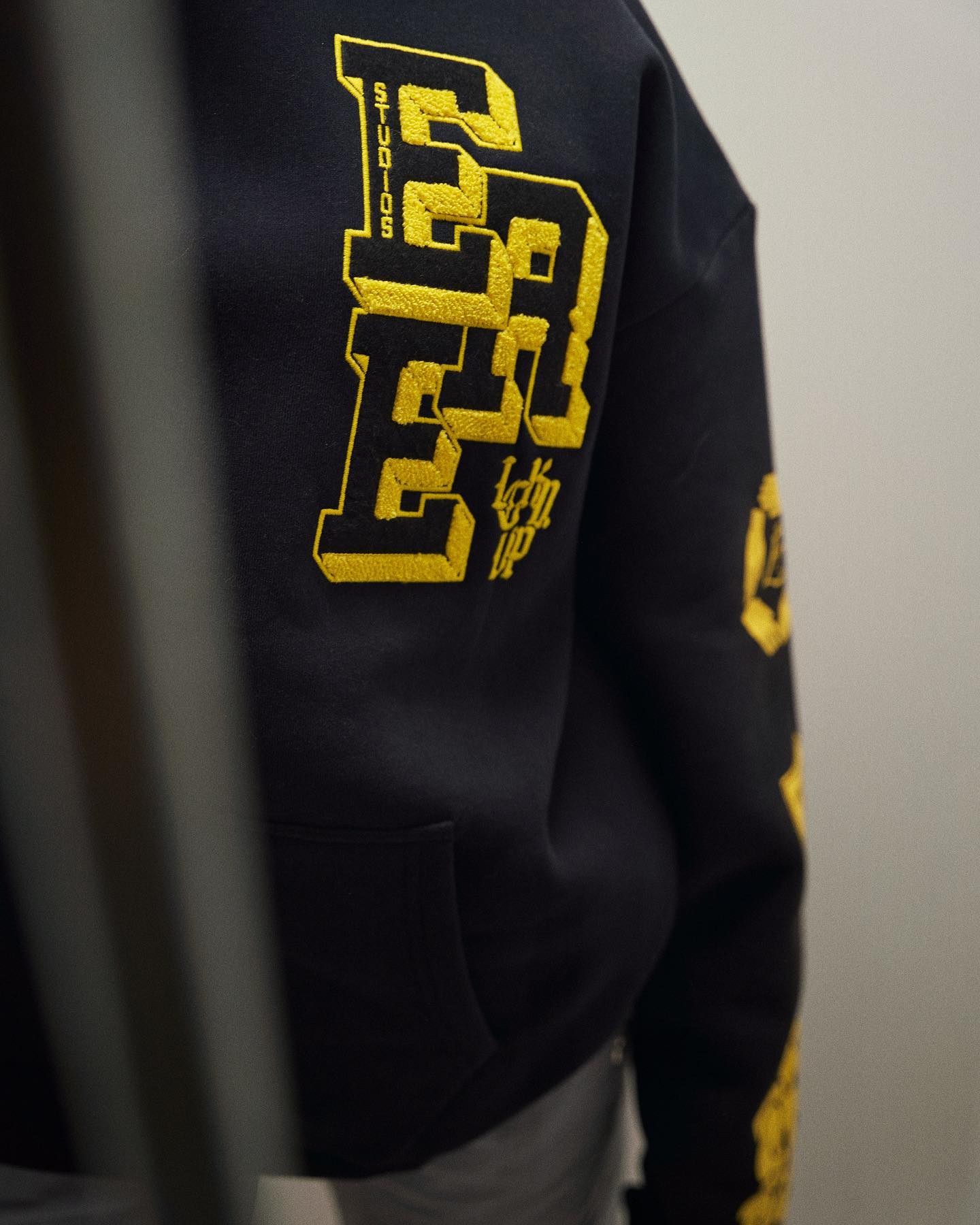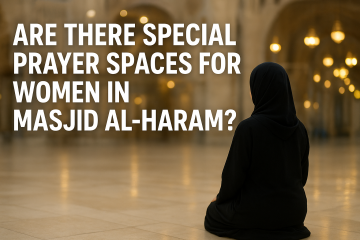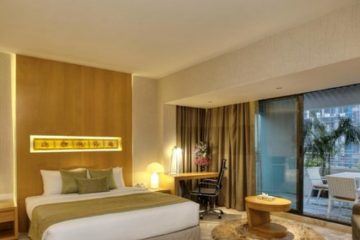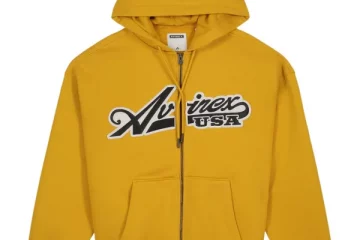A New Chapter in Conscious Fashion
In an industry often criticized for its environmental footprint and obsession with fast trends, Ere Studios stands as a beacon of change. This forward-thinking fashion label is not just about designing clothes—it’s about crafting narratives, preserving heritage, and reimagining the future of sustainability. Born from a desire to intersect style with substance, Ere Studios has carved a niche that few have dared to explore: where fashion meets philosophy and where garments are not just worn but experienced.
Founded by Gabrielle Elevant in Australia, Ere Studios emerged in the early 2020s as a response to the growing awareness around climate change, cultural preservation, and ethical consumption. The brand’s name, “Ere,” derived from the Middle English term for “before,” signals a return to foundational principles—slow living, thoughtful creation, and a deep respect for the planet. Ere Studios is more than a clothing label; it’s a quiet revolution, seeking to inspire reflection as much as admiration.
Design as a Vessel for Memory and Meaning
At the heart of Ere Studios lies an obsession with storytelling. Each collection is developed like a narrative arc, informed by personal memory, literature, art history, and even mythology. Gabrielle Elevant’s creative process is deeply introspective. Instead of simply sketching seasonal looks, she constructs emotional landscapes, exploring themes like identity, transience, and the invisible threads that tie us to the earth.
Garments are approached as heirlooms—pieces that are meant to be kept, cherished, and passed down. Ere’s aesthetic is often described as minimalist, but this term doesn’t do justice to the richness embedded in each piece. Clean lines and muted tones serve as a canvas for complexity: the way a fabric folds, the texture of organic fibers, the subtle asymmetry of a sleeve—each detail is intentional.
Radical Sustainability in Practice
While many brands tout eco-consciousness as a trend, Ere Studios treats sustainability as a non-negotiable foundation. The label employs a radical transparency model, where each step of production—from fiber sourcing to dye processes—is openly shared with consumers. This isn’t just performative greenwashing; Ere Studios is committed to rewriting the standard.
Fabrics are sourced from natural and renewable materials, such as GOTS-certified organic cotton, hemp, and peace silk. Dyeing processes avoid toxic chemicals and prioritize botanical or naturally derived colorants. Ere has also embraced regenerative agriculture, supporting suppliers who not only minimize harm but actively improve soil health and biodiversity.
The brand’s “no waste” ethos is embodied in its made-to-order and small-batch approach, eliminating overproduction. Even packaging is crafted with care—plastic-free, biodegradable, and often reusable. The goal is to create a closed-loop system,
Feminine, Fluid, and Fierce
Ere Studios doesn’t confine itself to rigid definitions of gender, age, or season. Instead, its garments are fluid—celebrating the multiplicity of identities that modern wearers embody. The silhouettes are designed to accentuate natural forms without constraining them, often drawing from both masculine and feminine codes to blur binaries and celebrate personal interpretation.
This fluidity extends to the brand’s campaigns and visual storytelling. Ere Studios has been praised for using models of varying ethnicities, body types, and backgrounds, moving away from the industry’s often narrow and exclusive standards. Their lookbooks feel more like art installations or cinematic frames than traditional advertisements. Viewers are invited to feel, not just see.
The notion of power, particularly feminine power, underpins much of Ere’s design language. It’s quiet but commanding—a reminder that strength need not be loud to be heard.
Global Roots, Local Responsibility
Though born in Australia, Ere Studios carries a global consciousness. It draws influences from indigenous textile traditions, ancient civilizations, and cross-cultural motifs. Yet, it always grounds these inspirations in ethical responsibility—avoiding cultural appropriation through collaboration, acknowledgment, and deep research.
For example, when Ere incorporated Japanese indigo dyeing techniques in one collection, they partnered with local artisans and dedicated the campaign to the preservation of endangered crafts. Similarly, their use of Aboriginal Australian weaving motifs involved working with elders from the community to ensure the stories were told authentically and respectfully.
This commitment to cultural integrity reflects Ere’s broader mission: to see fashion not as isolated objects but as living artifacts—connected to places, histories, and people.
A Cult Following Built on Purpose
In an era dominated by influencer culture and fast virality, Ere Studios has opted for depth over reach. It does not flood social media with constant drops or gimmicky content. Instead, it curates a deliberate and poetic presence—one that appeals to thinkers, artists, and conscious consumers.
Ere’s clientele is loyal not just because of the beauty of the clothes, but because of the meaning behind them. Wearing Ere feels like participating in a movement—a gentle but firm refusal to consume unconsciously. The brand has cultivated a cult following of fashion lovers who want more than aesthetics; they want values, vision, and a relationship with their wardrobe.
The Future: Fashion as Ritual
Ere Studios continues to evolve, but its core philosophy remains grounded in the belief that fashion is sacred. Not sacred in a religious sense, but in its capacity to hold space for human experience. Clothes touch our skin, shape our identities, and move with us through life’s most intimate moments. Ere’s vision is to restore a sense of ritual to how we dress—to make putting on a coat as meaningful as turning a page in a favorite book.
Upcoming initiatives for Ere Studios include garment repair workshops, local material resourcing, and collaborations with writers and visual artists to explore the intersection of clothing and storytelling. These projects point to a future where the fashion industry might finally slow down, reconnect with craft, and reorient itself aro





